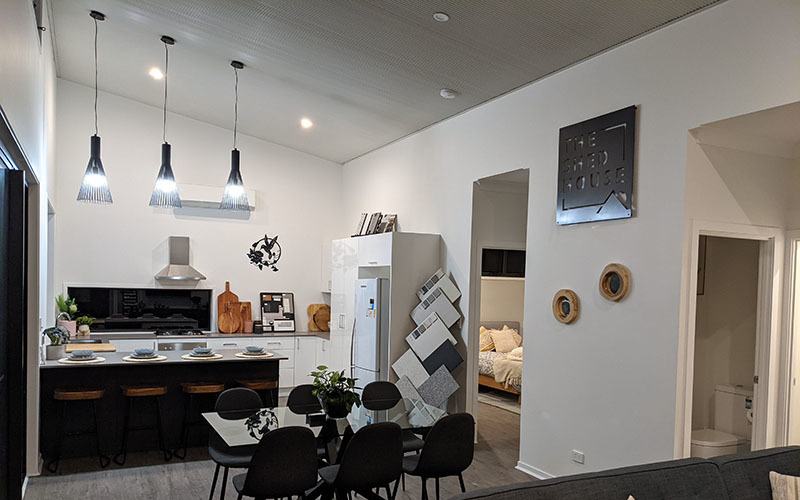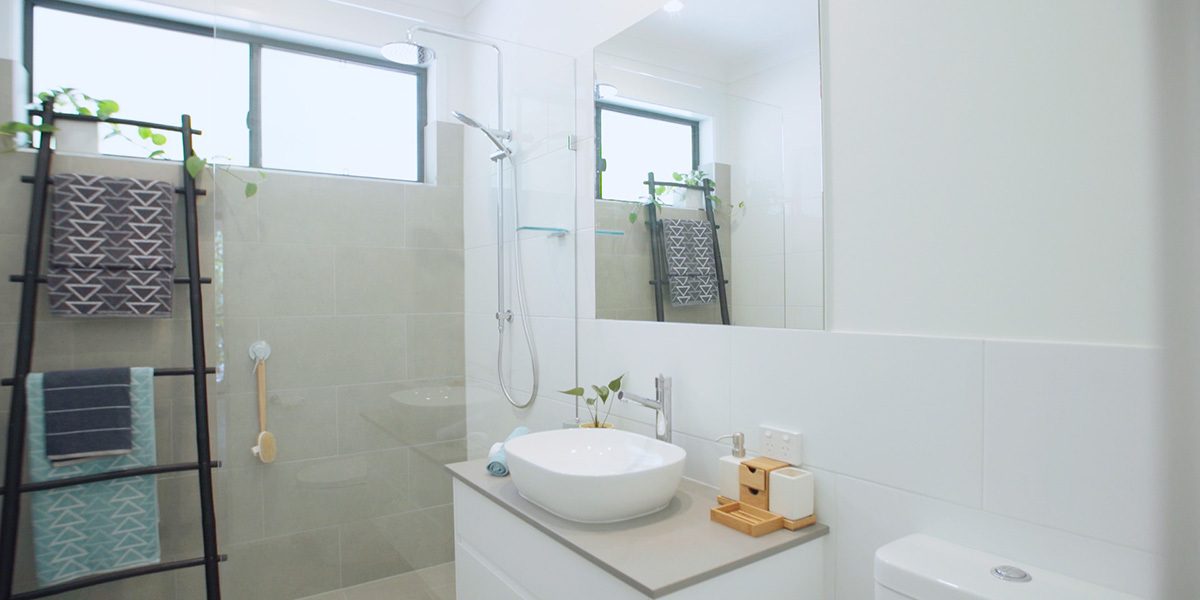
As we explore and investigate our very own Sunshine Cost energy efficient granny flat, it is becoming clear where the future of building is headed. Achieving energy efficiency in your build will future proof against ever increasing utility bills, uncertainty in electricity supply and non-renewable forms of power. In this part 3 of the series, we will explore our design response to an energy efficient granny flat build. Having previously explored the build location, the design brief and project details, we can now explain the design response in greater detail. Read on to learn more about what we do to achieve an energy efficient granny flat build.
Searching for energy efficient granny flat design ideas? Enquire with the Sunshine Coast building experts.
The Granny Flat Design Response
The design response not only needed to tick all of the design brief requirements but also the Sunshine Coast Council building requirements and of course the energy efficient design and build principles.
This elegant 2 bedroom, 1 bathroom, 1 wc, open plan granny flat was to meet all secondary dwelling requirements of the Sunshine Coast council. That being on a rurally zoned block a maximum of 90m² of internal floor area.
The good star energy rating was achieved with careful placement of the windows, a North-East facing orientation, ceiling, wall and roof insulation and ample natural ventilation. During the design phase, these energy efficient inclusions were adjusted until the maximum star rating was achieved.
While this granny flat design does tick all of the energy efficient star rating requirements, the simple addition of a solar panel system and battery would enable this build to become fully off grid too.
All fitted tap wear has been WELS rated – meaning that it is approved by the Australian Government to be water efficient. The higher the star rating, the more efficient the fixture will be. By selecting high WELS rated tap wear, we have been able to reduce both water consumption and energy use. All hot water must be heated – so using less simply equates to less power required.
The other simple inclusions above standard enabled this build to become energy efficient. Low E glass was essential given the number of windows installed. It can become a risk when installing a number of windows that energy efficiency ratings go straight out the door, despite the fact they may provide plentiful ventilation. Fans were also installed in all bedrooms to increase the natural ventilation. Window hoods were installed where the sun would intrusively shine throughout the day, further increasing the thermal capabilities.
The overall sizes and scale of the build was based off standard material supply sizes – inclusive of cladding (building width-height ratio), roofing, tiling and plaster. Choosing to do so further reduced waste on site. Interestingly, building site waste can contribute up to 16.8% of all landfill in Australia. All of this not being recycled. If considering the importance of building for the future and not just the present, tackling the building waste issue is imperative. It is also interesting to note that most of the materials can be recycled at the end of their life span too. This does include the steel framing, steel cladding and roofing, plasterboard and many other components.
The selection of materials will play such a large role in an energy efficient granny flat build. As we have now discussed the project details and design response, it will be important to analyse the specifics of the materials we used in greater detail. In the final part 4 of this series, we will explore and discuss our selection of materials and why they contribute towards a fantastic energy efficient build.

